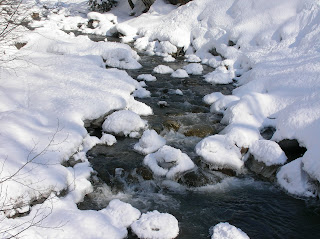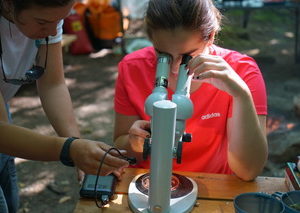Is There a Dark Side to Springtime?
By March I’ve usually had my fill of snow, so I tend to welcome the annual spring melt — but wait, is there a dark side to spring? One environmental chemist says so.
From a University of Toronto Scarborough press release:
“During the winter months, contaminants accumulate in the snow,” says [University of Toronto Scarborough (UTSC) environmental chemist Torsten] Meyer, an expert on snow-bound organic contaminants and a post-doctoral fellow at UTSC. “When the snow melts, these chemicals are released into the environment at high concentrations.”
In a specially designed, temperature-controlled laboratory at UTSC—which includes a homemade snow-gun and a chemical pump—Meyer creates large baths of fresh snow already tainted with organic contaminants. This one-of-a-kind set-up enables the researcher to slowly melt his “dirty” snow, collect the melt-water and track which chemicals emerge from the snowpack and when.
Meyer’s research reveals a worrying surprise. “One of the main findings is that there is a peak contaminant flush at the very beginning of the melt,” he says. With the advent of spring, according to Meyer, comes a deluge of pollution.
By the time snow has turned black with muck and grime, many harmful chemicals — including those from pesticides, car exhaust, telecommunications wiring insulation, water repellent clothing, paints or coatings — may have already seeped out of the snow and into the surrounding ground water or surface water.
Contaminant-laden early spring melts are particularly ill-timed for many aquatic organisms, who are at a vulnerable stage in their life cycle. As Meyer points out, his findings could be used to reduce that risk to wildlife — for example, municipalities can choose snow dump sites that are well-contained to protect against that early flush of pollutants.




